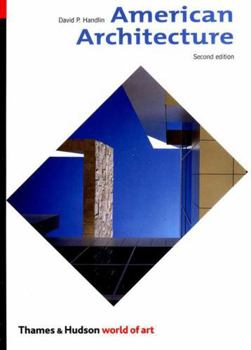Book Overview
America has always presented a unique challenge to architects: should they emulate the Old World or respond to the demands of the New? David Handlin tells the complex story with lucidity and insight. Almost from its seventeenth-century beginnings, American architecture was subject to two apparently contradictory processesthe practical and the grandiose. The first comes through in the vernacular buildings of rural America, the innovations of Jefferson, Bulfinch's fine civic buildings, the offices and factories of the Industrial Age, and the comfortable domestic tradition that lies behind the houses of the Greene Brothers and Frank Lloyd Wright. The second is seen in the unprecedented daring of the Chicago Schoolgreat engineers like Adler united with great designers like Sullivan; in the majestic state capitols, exhibition halls, and public buildings by firms such as McKim, Mead & White; in the luxury of Fifth Avenue mansions; and in the exuberance of commercial Manhattan.The revised edition ends with a lively account of recent developmentsvirtual architecture, the revival of historical styles (including modernism), the thirst for striking originality, and a new interest in the local, with figures including Stern, Meier, Gehry, and Mockbee. 264 illustrations.
Format:Paperback
Language:English
ISBN:0500203733
ISBN13:9780500203736
Release Date:February 2004
Publisher:Thames & Hudson
Length:304 Pages
Weight:1.40 lbs.
Dimensions:0.8" x 5.9" x 8.3"
Customer Reviews
1 rating
An good introduction to American architecture
Published by Thriftbooks.com User , 25 years ago
I liked this better than any other architecture book I've read. It was well written and included a lot of historical detail on bulidings, cultural and political influences, and the architects themselves. It explained the rationale behind a lot of the works without getting bogged down in architectural theory. Other books I've read have been mere appreciation on the one hand, or too thickly academic on the other; this one struck a good balance.Dave Carr






